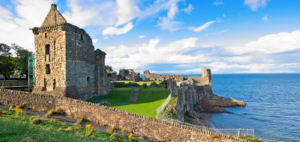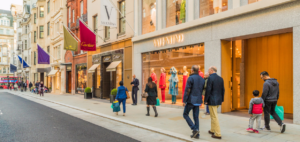Celtic Deities: An Intriguing Dive in Irish and Celtic Mythology
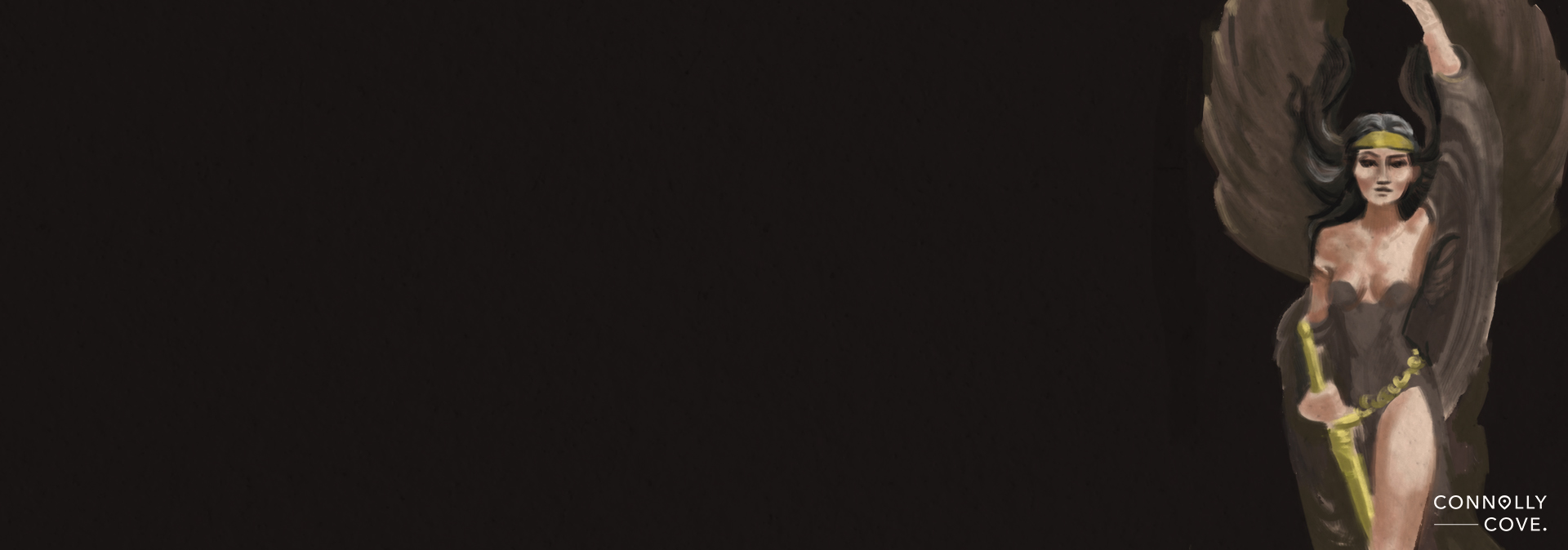
Updated On: April 21, 2024 by Aya Radwan
Researchers studied various sources to gather information about different Celtic deities, such as engravings, history books, statutes, ancient temples and places of worship, religious objects and personal names. The stories of these deities are frequently used in literary works, TV shows, and films, and their names are used to draw power, luck, love and protection.
Many books refer to two categories of Celtic deities. The first was a general one, where the deities were known and worshipped by Celts in the different regions they lived in. Everyone called these general deities to bring healing, peace, love and luck. The second category was local, typically referring to one of the surrounding elements, such as the mountains, trees and rivers, and was only known to the Celts living in that particular region.
In this article, we will discuss a collection of Celtic deities, what they stand for, and the Roman gods and goddesses they were associated with. We will divide the article into two parts: Celtic gods and Celtic goddesses.
Celtic Deities: Celtic Gods
Numerous Celtic gods were associated with gods from other mythologies, such as Greek mythology. These gods represented healing, fertility and nature, and many were worshipped in different regions of the continent, such as Italy and Britain.
Alator
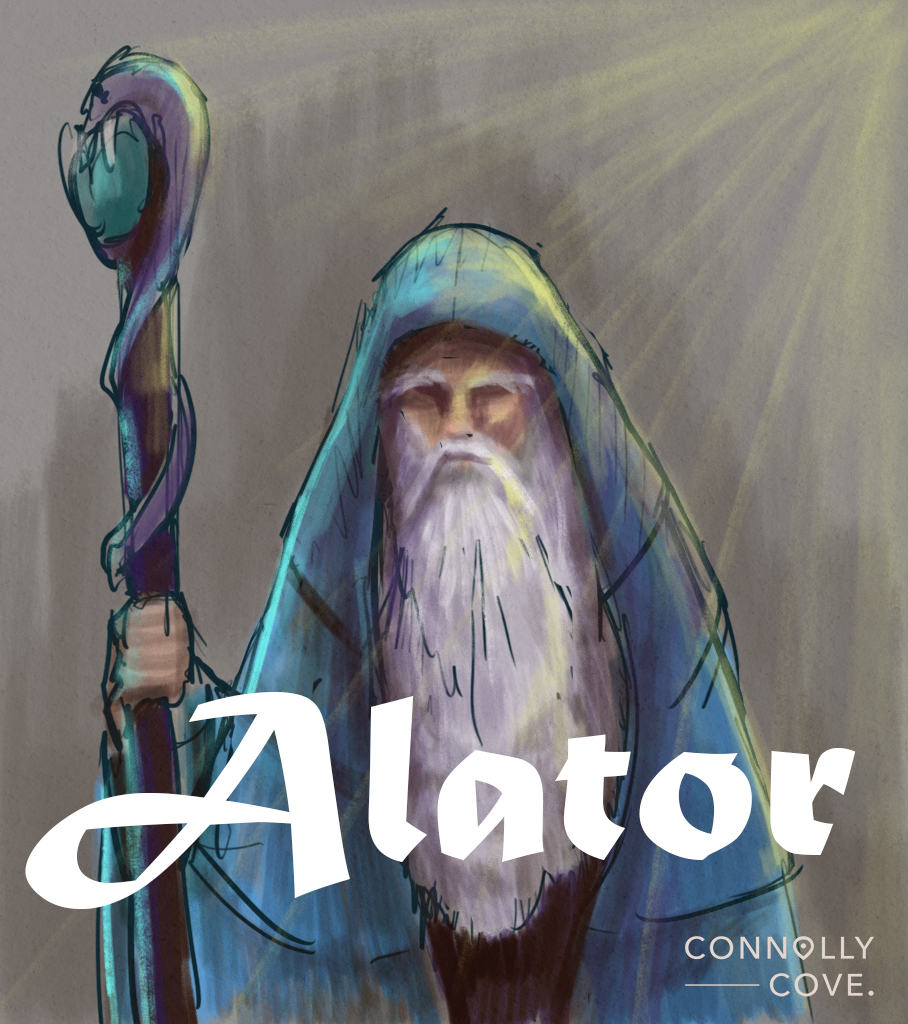
Alator was the Celtic god of war, similar to the Roman war god Mars. His name hints at both the hunt (“huntsman”) and the nurturing of his people (“he who nourishes”). Evidence comes from two places: a votive plaque depicting him armed like a warrior and an inscription associating him with the Roman war god Mars.
Yet, his name’s dual meaning suggests complexities beyond mere battle. This intriguing duality led some to interpret him as a fierce protector and a benevolent provider, perhaps a hunter who ensured his people’s sustenance. Although details remain scarce, Alator stands as a fascinating example of the multifaceted nature of Celtic gods, where war and nurturing might intertwine, leaving us with tantalizing glimpses into a lost world.
Albiorix
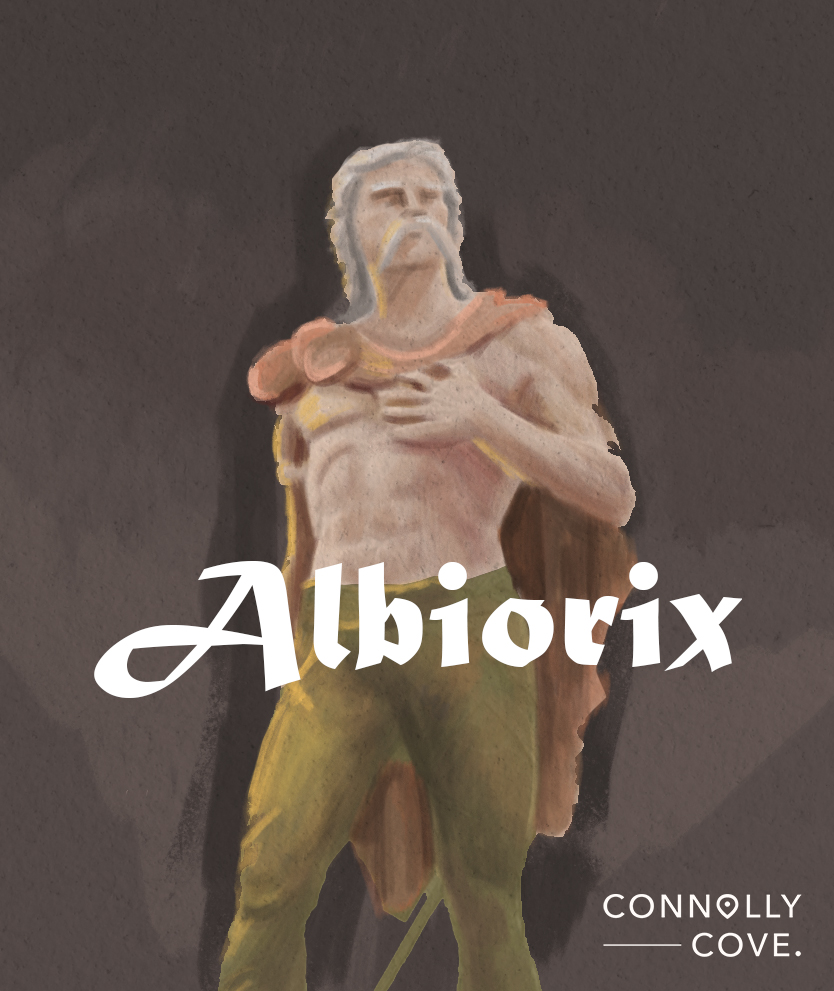
Albiorix was also associated with the Roman god Mars, who was also known as Albiorix. Researchers believe his name is derived from Britain’s old name, Albu or Alba and Albion, as the Romans called it. Albiorix’s name was found in Sablet, a community in the French region of Languedoc. Albiorix, meaning “King of the World,” held a complex mantle in Celtic mythology. He wasn’t just a single deity but a name woven into multiple threads. Some scholars believe he was a distinct Gaulish god, akin to a father and protector, especially for the Albici tribe.
Others see him as an epithet for the Roman Mars, highlighting the warrior aspect. Inscriptions link him to Mars and Apollo, suggesting roles in war and healing. He likely resided in mountain regions, his legacy echoing in the name of “Albion,” an old name for Britain. While details remain shrouded in time, Albiorix paints a fascinating picture of a multifaceted god, embodying power, protection, and perhaps even the origins of a land steeped in Celtic magic.
Belenus
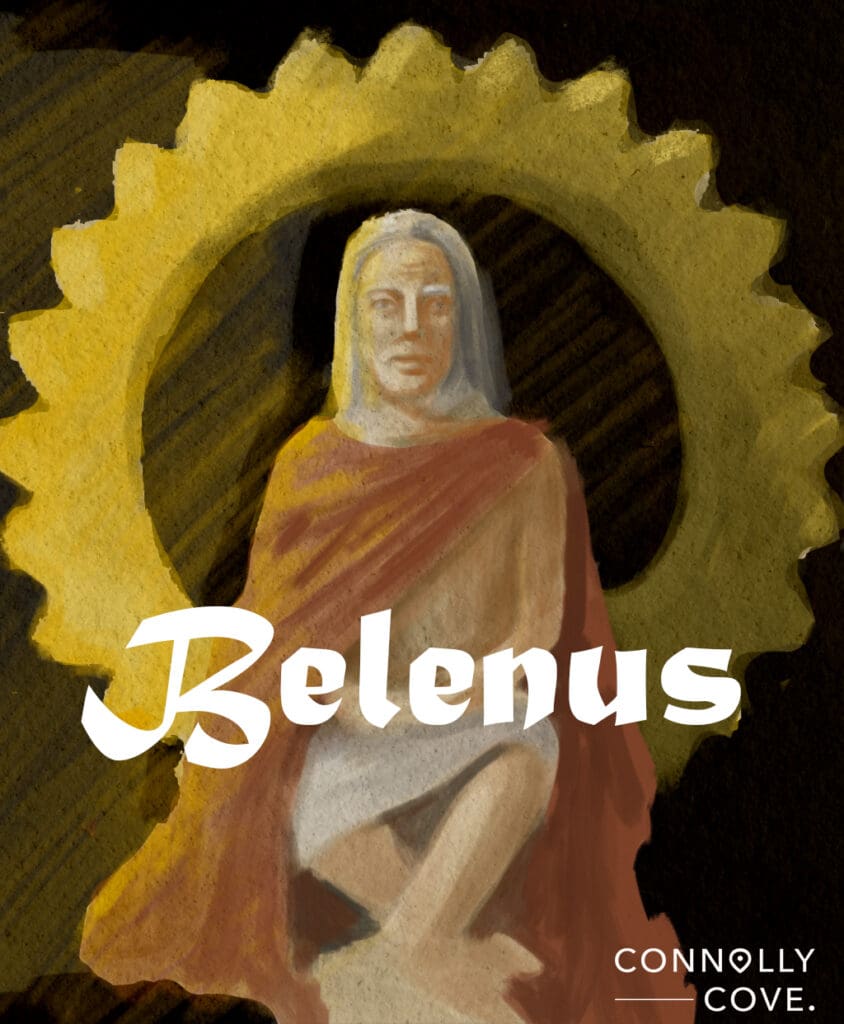
The Celtic god Belenus’s name is believed to come from the Celtic words meaning “to shine” or “light,” and he was known as the Celtic god of healing, which is why the Romans linked him with Apollo. Some inscriptions found in Rome and Rimini mentioned Belenus and linked his name to healing water springs.
Belenus is referred to in several forms, such as Bel, Belinu, Belus and Belinus. His name was mentioned in various literary works and inscriptions, even found as an engraving on a gemstone. He was known and worshipped in many Celtic regions, especially in northern Italy, the eastern Alps and southern France. In northern Italy, in the ancient Roman city of Aquileia, many inscriptions were uncovered that mentioned Belenus.
Borvo
Borvo was the Gallic god of healing water springs since his name likely means “to boil”, and the Romans also associated him with Apollo. Many inscriptions carrying his name survived in different locations in France: Bourbon-Lancy, a water spring in central France, and Bourbonne-les-Bains, a water spring in eastern France. Drawings of Borvo depicted him wearing a helmet and a shield. He was often shown with a companion, goddess Bormana or Damona. Borvo was also mentioned with different spelling in different locations, such as Bormanus in France and Bormanicus in Portugal.
Bres
Bres was a fertility god and was the son of goddess Eriu and Elatha, a Fomorian prince. Since Bres was not a fair ruler of the lands, this brought about his demise. He was sentenced to teach agriculture to make the land fertile, eventually costing him his life. Bres married goddess Brigid.
Cernunnos
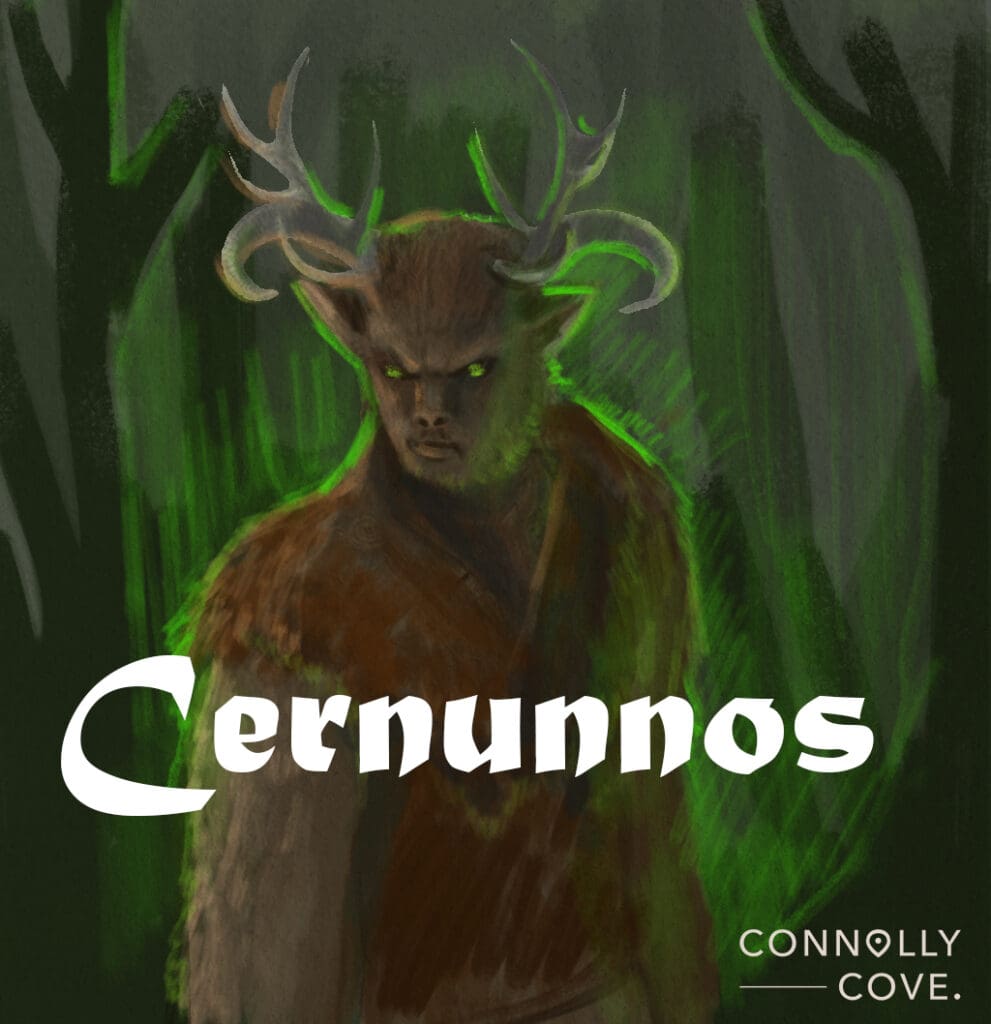
Cernunnos was the Celtic god of fertility, fruit, nature, wealth, grains and the underworld. He is often depicted with either horns or stag antlers, which is why he is associated with horned animals such as the stag and the bull. Cernunnos has human form but animal legs and hooves and is usually depicted in a sitting position. Scholars have debated for a long time that his name was derived from the Celtic word that means “horn” or “antler”.
A votive pillar, also known as the Nautae Parisiaci, which was discovered beneath the Paris Notre Dame cathedral dedicated to the Roman god Jupiter, also featured a depiction of Cernunnos. He was also featured on the Gundestrup Cauldron, which is believed to be the oldest silver artefact found, dating back to the European Iron Age. Some scholars believe that the depiction of Cernunnos with horns inspired the image of Satan in Christian art.
Esus
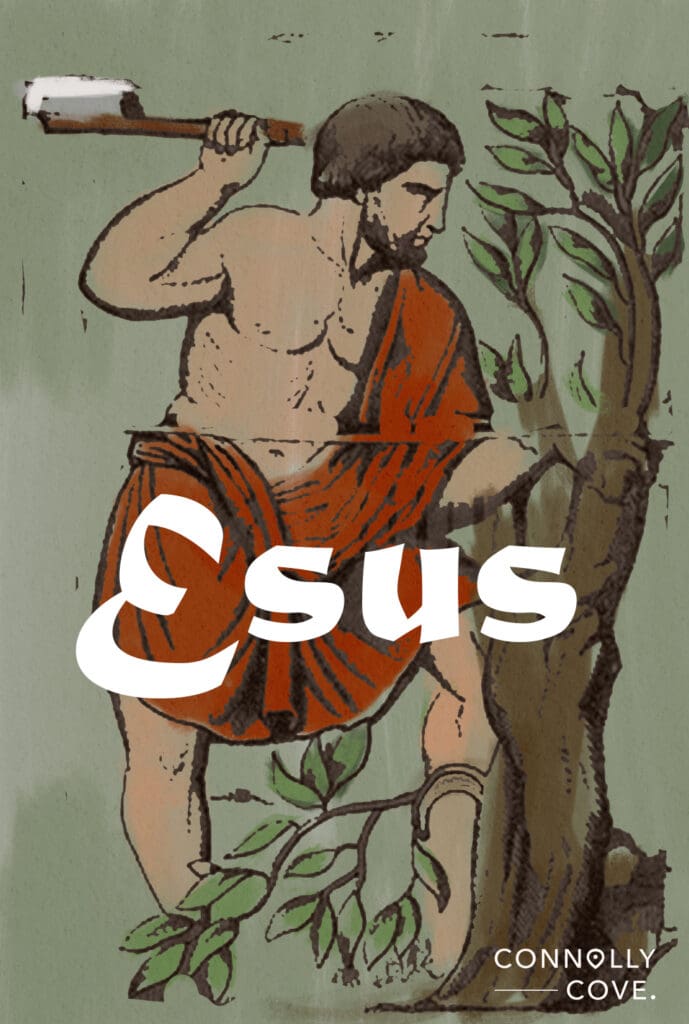
Esus or Hesus was a Celtic and Gallic god, and Roman writers associated him with human sacrifice. The Nautae Parisiaci found beneath Paris’ Notre Dame is one of the few inscriptions that mention Esus’s name. The stone depicts Esus as a bearded man, wearing artisan clothes and cutting the branches of a tree using a sickle. Next to Esus was a bull and three cranes, believed to represent a lost myth about him. Two other gods were mentioned alongside Esus, Teutates and Taranis, and he was also linked to the Roman gods Mercury and Mars.
The Dagda
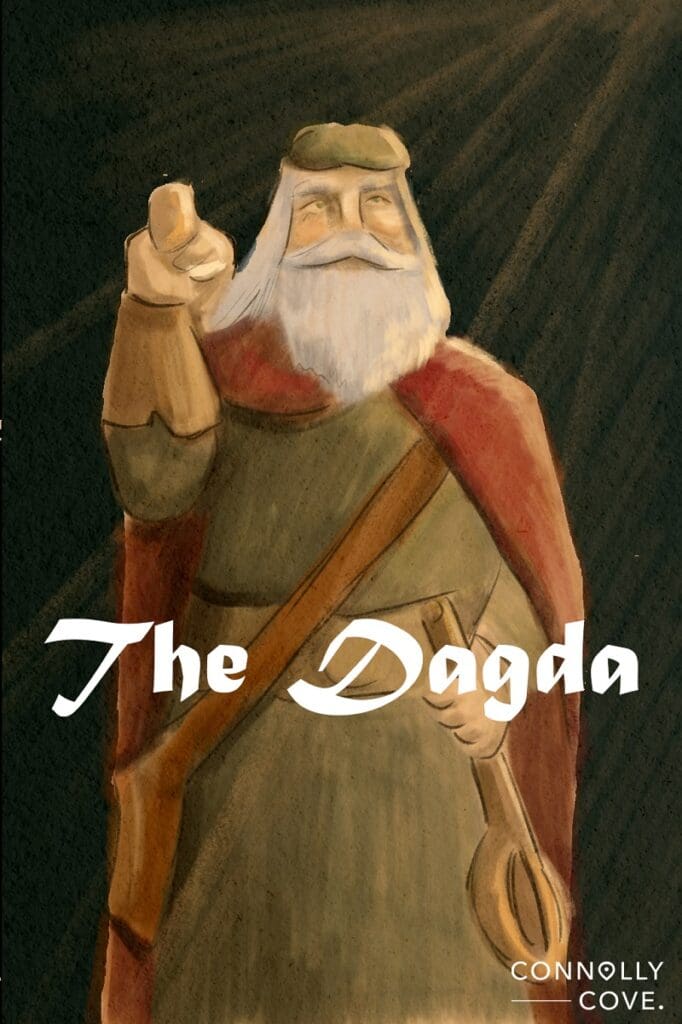
Dagda was an Irish Celtic god whose name translates into “the good god” and is often referred to as The Dagda due to his many skills. He is known chiefly for his cauldron, which can produce infinite amounts of food, and his club, which he used to kill and bring the dead to life. Irish mythology features The Dagda as the multi-talented great warrior who helped the Tuatha Dé Dannan win battles against Fir Bolg, Ireland’s original resident, and the Fomorians.
Latobius
We only know of the Celtic god Latobius through inscriptions that originated mainly from Austria and a colossal statue, which indicates it was where he was worshipped. He was the Celtic god of the sky and mountains, and the Romans associated him with Mars and Jupiter.
Lenus
Lenus was a Celtic healing god that the Romans associated with Mars’ healing powers and was often mentioned with another Celtic god, Iovantucarus. Various inscriptions mentioning Lenus were found in different locations, such as in Trier, Caerwent in southern Wales and Chedworth in southwest England. The inscriptions found in Chedworth depicted Lenus with a spear and axe.
Lugh
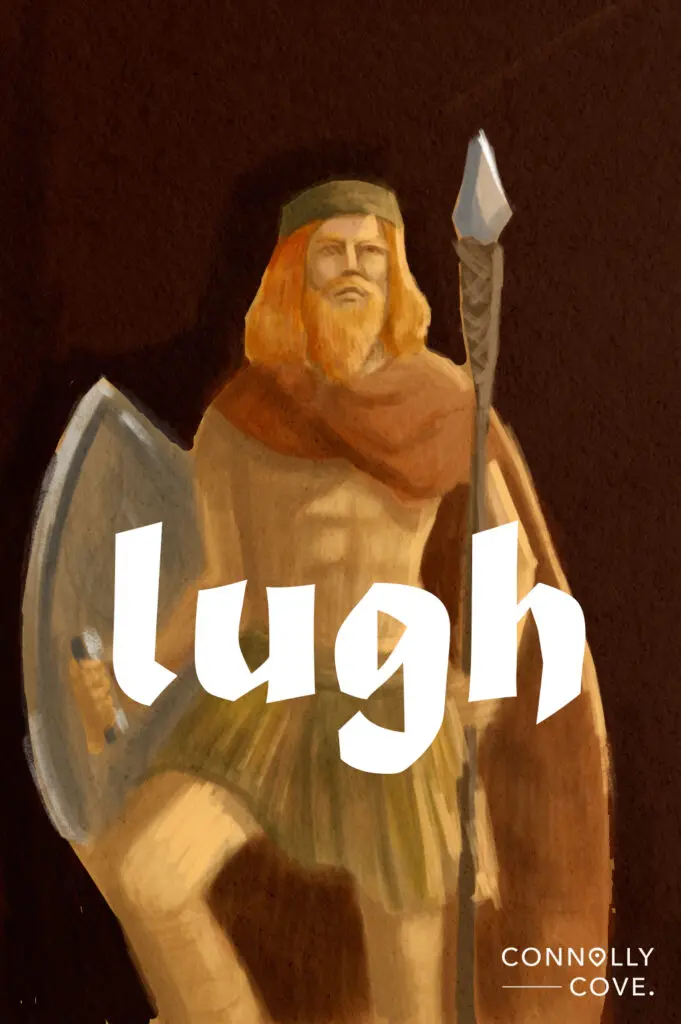
Lugh was the Celtic god of light, solar power, and craftsmanship, and he was extensively mentioned in historical inscriptions from the medieval period. In the earliest inscriptions, he was mentioned as an all-seeing deity until, in later inscriptions, he was referred to as a great Irish hero and warrior. Due to Lugh’s high divine status, he was given many epithets such as Lugh Lámfada, meaning “long-armed”, which refers to his weapon-throwing skills, or Lugh Samildánach, which meant skilled in many crafts.
Some scholars debate that Lugh is the Celtic god that Julius Caesar described as the supreme Celtic god. He was, however, the god that led the Tuatha Dé Danann in their war against the Fomorians and helped them achieve victory in the Battle of Magh, where he used his spear or sling to kill the one-eyed Balor. Lugh or Lugus, Lugos or Logos named several places around the continent, such as Lugdunum, or modern-day Lyon in France.
Maponus
Maponus, or Maponas, was the Celtic god of poetry and music, and the Romans associated him with Apollo. The name Maponus means “child” or “son”, and it was mentioned extensively in inscriptions found on a famous tablet earthed in Chamalières in France and inscriptions found in northern England. He was often depicted holding a lyre, which is the exact depiction of Apollo by the Romans.
Nuada
Nuada was the Celtic god of healing and wellness. Mythology mentions Nuada as the god with an invisible sword that he used to cut his enemies in half. Inscriptions mention his name in several forms, such as Nudd and Ludd. Nuada lost his eligibility to rule as king after he lost one of his arms in battle until his brother forged a silver replacement for him. The god of death, Balor, killed Nuada.
Celtic Deities: Celtic Goddesses
Celtic goddesses were worshipped and called upon in several Celtic regions around the continent. They were goddesses of water, nature, fertility, wisdom and power, just to list a few. Inscriptions mentioning Celtic goddesses were also unearthed in several locations, such as in Britain and Scotland.
Brigantia
Brigantia was a Celtic goddess of rivers and water cults, and the Romans often associated her with the Roman goddesses Victory and Minerva. Many inscriptions in northern England mention Brigantia, where her name means “the sublime one”, while she was depicted with a crown and wings on a relief unearthed in southern Scotland. Another inscription that associates Brigantia with Minerva is an inscription of the African goddess Caelestis.
Brigit
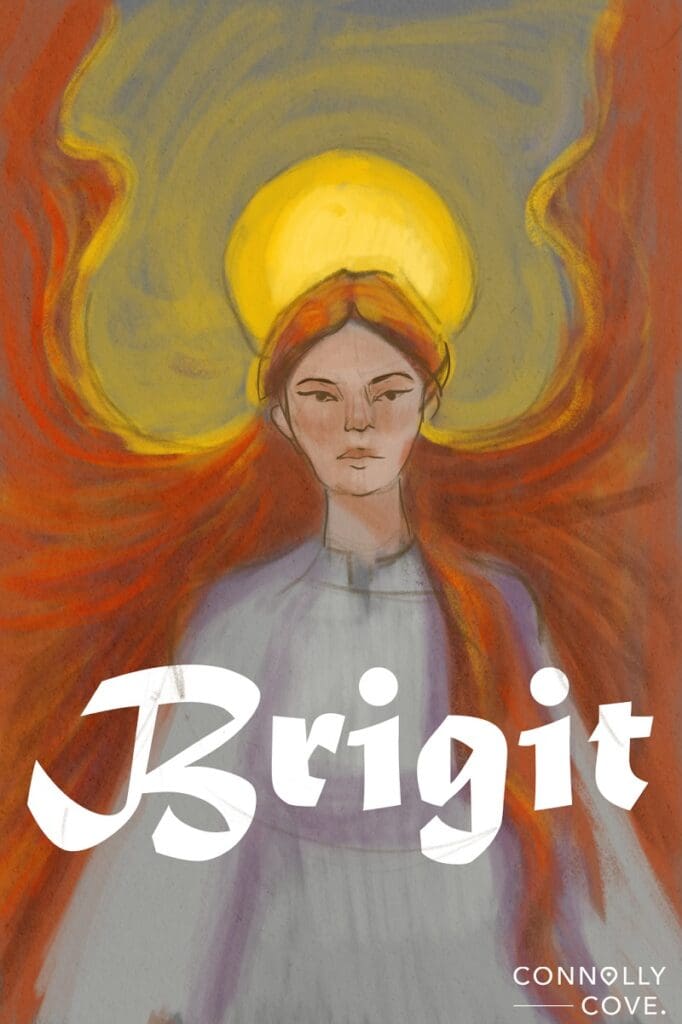
Brigit was a Celtic goddess in pre-Christian Ireland, and the Romans associated her with the Roman goddesses Vesta and Minerva. She is the Daghda’s daughter and was the goddess of poetry, healing and smiths. Brigit or Brighid is said to derive from the older goddess Brigantia, and she later became known as St. Brigid or St. Brigit in Christianity.
Ceridwen
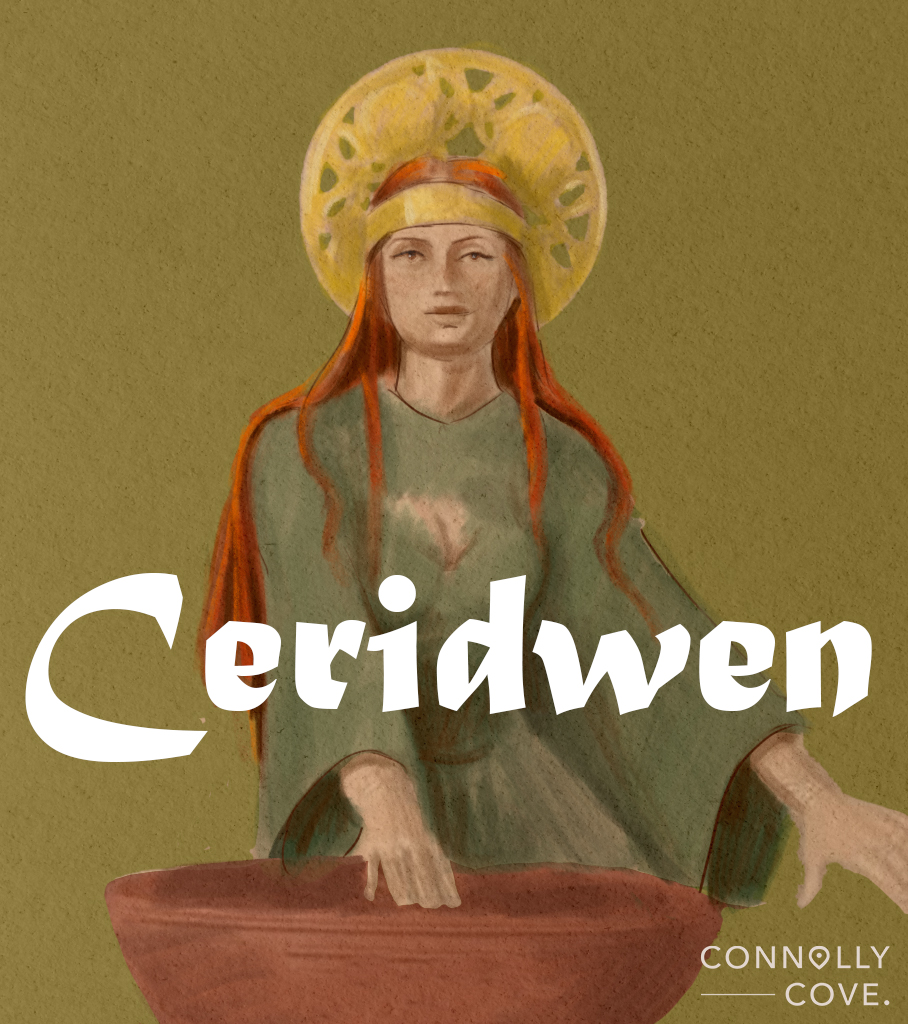
Ceridwen was a Celtic goddess who was also known as a shape-shifter. She is said to have been the goddess of poetic inspiration and Taliesin’s mother. Ceridwen wove magic-like spells from words. Feared as a powerful witch, she possessed a cauldron of brewing inspiration and knowledge. But she loved fiercely, bearing beautiful Creirwy and the cursedly ugly Morfran.
To empower Morfran, Ceridwen hatched a plan, leading to a thrilling shapeshifting chase with her servant Gwion, ending in his rebirth as the legendary poet Taliesin. Though complex, Ceridwen embodies wisdom, transformation, and the fiery spark of creative power. Her cauldron reminds us that knowledge, while sometimes bitter, can forge something beautiful.
Epona
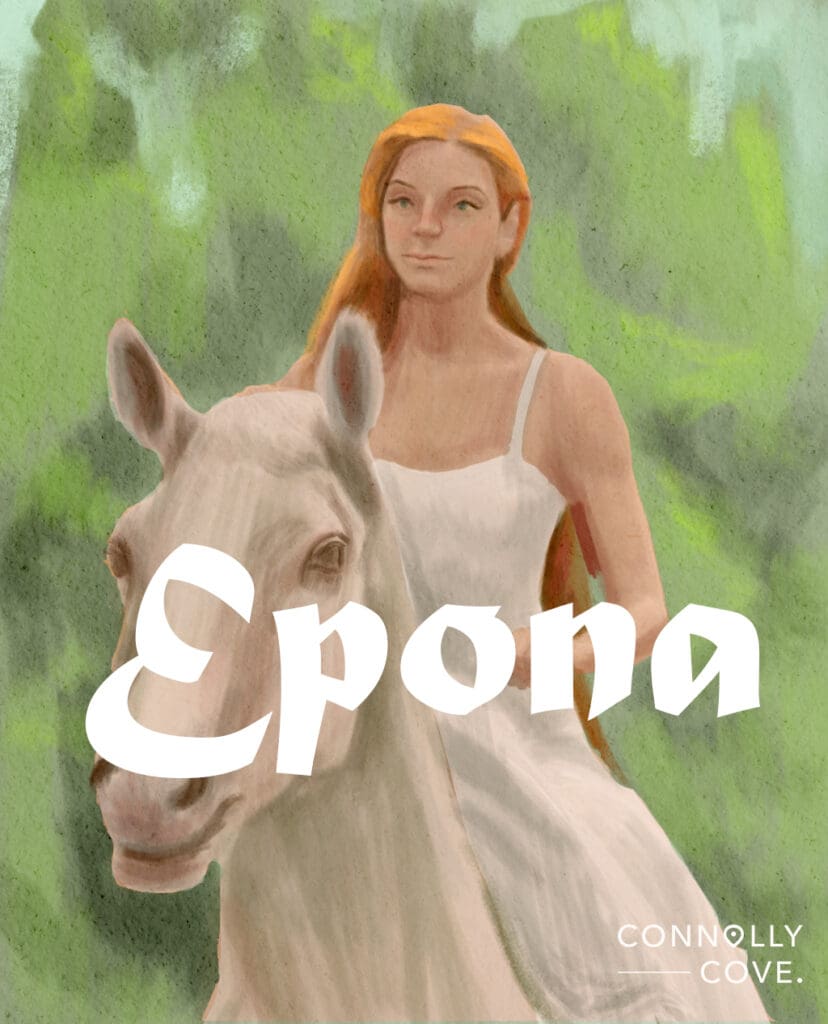
Epona was a Celtic goddess that was one of the few goddesses that the Romans adopted and built a temple to venerate her in Rome. She is seen as the patroness of horses, which are vital creatures in Celtic and Irish mythology. Inscriptions that depict Epona often showed her either riding a horse or sitting on a thrown with a horse on each side and accompanied by a bird or foal; hence she was known as the goddess of horses, donkeys and mules.
Inscriptions that describe and depict Epona were found in several locations throughout Iberia and the Balkans. Several Roman writers from the 1st and 2nd century CE mention Epona in their writings, such as Apuleius, who described Epona’s throne as erected in a stable and decorated with flowers.
Medb
Medb was a Celtic goddess of sovereignty and was known by several names, such as Meave, Maev and Maeve. She had many husbands, but she was significantly known as Ailill’s wife; he was the king of Connacht, which made her the queen of Connacht as well. Some scholars believe that Medb was a mother goddess.
Morrigan
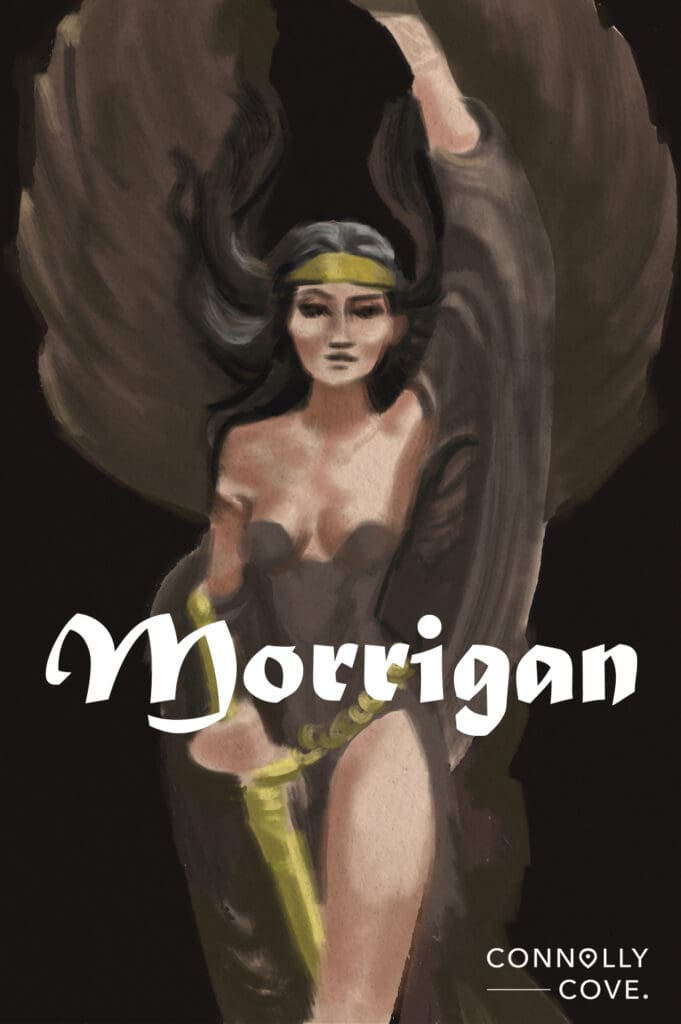
Morrigan was a Celtic war goddess, and she formed a trio with her two sisters, Bodb and Macha, who were also referred to as the demon-war goddesses. Morrigan’s name means “the mare queen”, and she was often seen flying above battlefields as a crow or raven. In the Samhain Festival, on October 31st and November 1st, Morrigan and the Daghda, the war god, were coupled together to bring prosperity and fertility in the new year.
Morrigan was often referred to as The Morrigan, and in later Irish mythology, her unsuccessful attempts in luring the famous hero, Cú Chulainn, were mentioned in several writings. As Morrigan flew over battlefields, she sturred conflict, destruction and frenzy.
Nehalennia
Nehalennia was a Celtic goddess of abundance, seafarers and fertility. She was revered in the Netherlands and on England’s north-sea coast. Inscriptions depicting Nehalennia showed her as a young woman seated, wearing a cape and holding a fruit basket. In most depictions, Nehalennia was accompanied by a dog.
Nemetona
Nemetona was a Celtic goddess named after a sacred Celtic tree grove called Nemeton. She was associated with the god Mars through many inscriptions. Votive inscriptions that mention Nemetona were found in England and Germany, and several temples are dedicated to her in eastern Germany, in Trier and Klein-Winternheim.
Sequana
Sequana was a Celtic healing goddess whose name is derived from the Celtic name of the famous River Seine. The goddess’s sanctuary was found in Dijon, near the Seine’s source, where more than 200 sculptures of the goddess were unearthed, in addition to other votive offerings. One of the most significant finds depicting the goddess was a bronze statue of her standing on a boat with her arms spreading in the air. The Romans also venerated Sequana, and they expanded her shrine.
Sirona
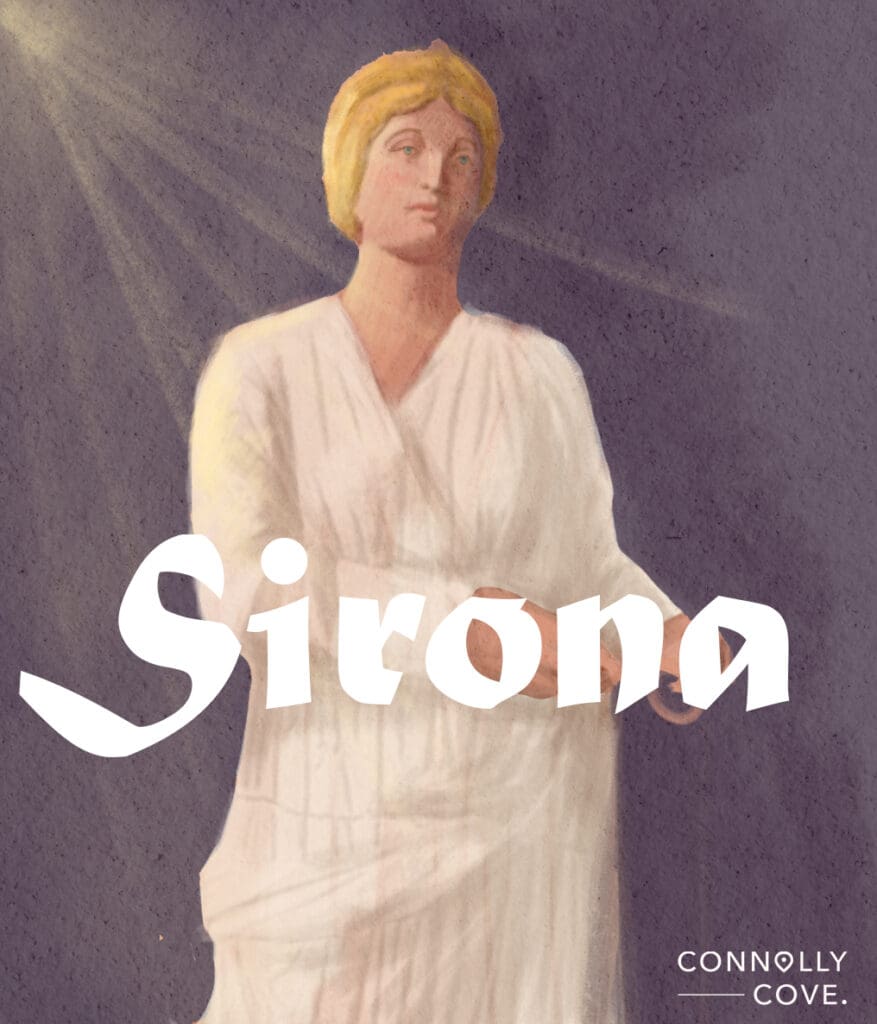
Sirona, also known as Dirona, was a Celtic goddess of healing springs and she was associated with Apollo and, at times, Grannus’ consort. She was venerated in many Celtic regions, such as Austria, France and Germany. Inscriptions depicting Sirona often showed her wearing a long robe holding grapes, an ear of wheat or eggs; hence, many associated her with fertility.
As we’ve seen, most inscriptions depicting Celtic gods and goddesses were found in different locations outside Ireland. A testimony of the power and extensive reach of these deities and their effect on many parts of Europe.


